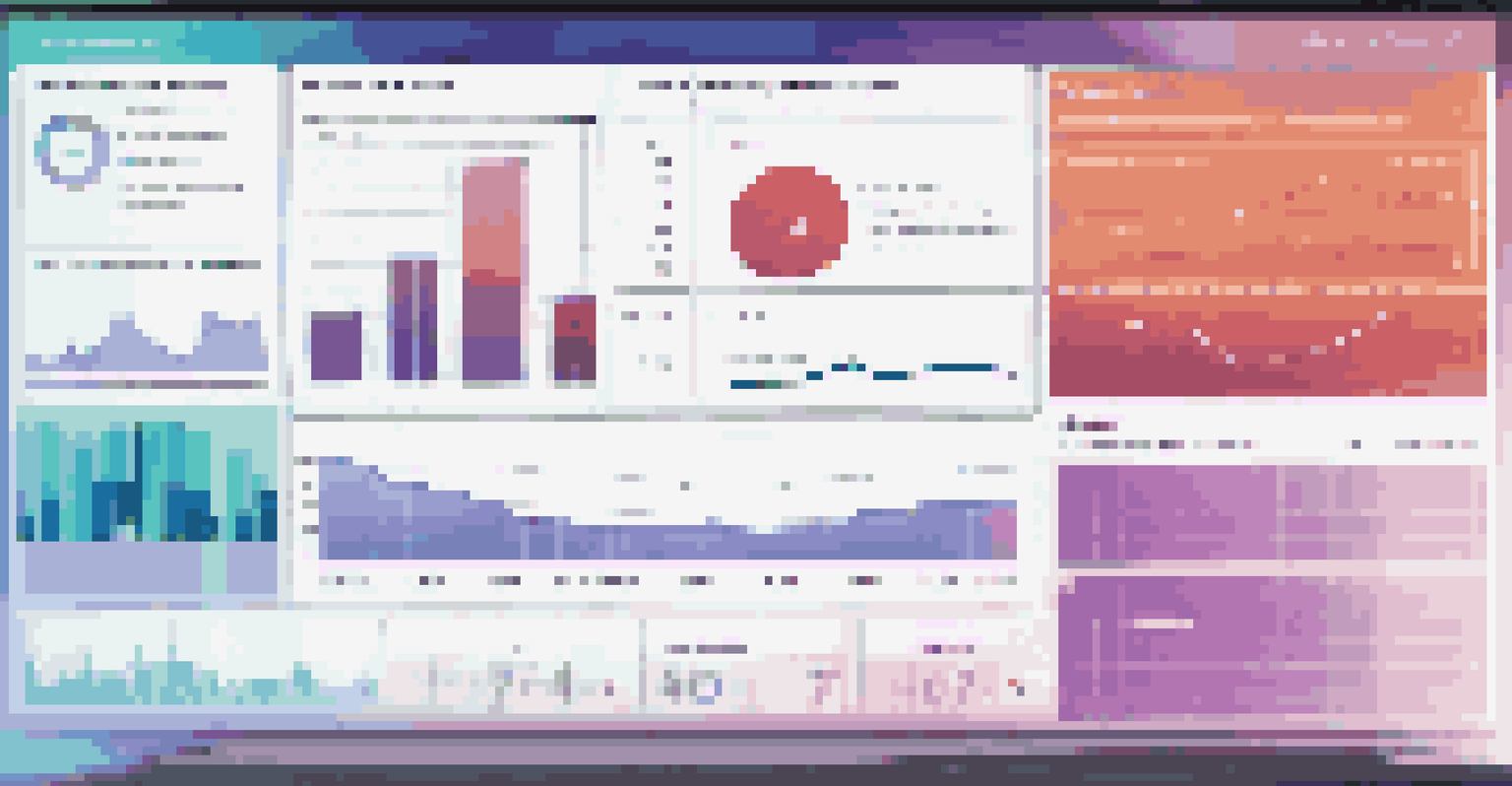Integrating Legacy Systems into DevOps Workflows

Understanding Legacy Systems and Their Challenges
Legacy systems are older technologies that organizations have relied on for years. They often lack modern features, making integration with new systems challenging. However, these systems hold critical business data and functionality, which makes their preservation essential.
The greatest danger in times of turbulence is not the turbulence; it is to act with yesterday's logic.
The challenges of legacy systems include outdated programming languages, lack of documentation, and limited scalability. These factors can slow down development cycles, hindering the agile nature of DevOps. Acknowledging these obstacles is the first step toward successful integration.
To effectively incorporate legacy systems, teams must understand their architecture and functionality. This knowledge helps in crafting a tailored integration strategy that respects the existing infrastructure while allowing for modernization.
The Role of DevOps in Modernizing Legacy Systems
DevOps emphasizes collaboration and automation, which can be beneficial when working with legacy systems. By breaking down silos between development and operations, teams can ensure smoother transitions and faster deployment cycles. This cultural shift is crucial for leveraging the full potential of existing technologies.

Implementing DevOps practices, such as continuous integration and continuous deployment (CI/CD), can enhance the performance of legacy systems. These practices allow for incremental updates, reducing the risk of major disruptions. It shifts the focus from infrequent, large-scale releases to smaller, more manageable ones.
Challenges of Legacy Systems
Legacy systems can hinder modern integration due to outdated technologies, lack of documentation, and limited scalability.
Moreover, the iterative approach of DevOps allows teams to test and learn as they go. This adaptability is essential when dealing with the unpredictability of legacy systems, enabling teams to refine their integration strategy based on real-time feedback.
Identifying Integration Opportunities within Legacy Systems
To effectively integrate legacy systems into DevOps workflows, identifying integration points is key. Look for functionalities that can be enhanced or replaced with more modern solutions. Mapping out these opportunities can provide clarity on how to proceed.
Innovation distinguishes between a leader and a follower.
Consider areas where automation can play a role. For example, automating data migration from a legacy database to a cloud-based solution can streamline operations. This not only improves efficiency but also reduces human error in the process.
Additionally, engaging stakeholders from both IT and business units ensures that integration efforts align with organizational goals. Their insights can help prioritize which legacy components to integrate or modernize first.
Choosing the Right Tools for Integration
Selecting the appropriate tools is critical for successfully integrating legacy systems into DevOps workflows. There are various integration platforms and APIs that can smooth the transition. These tools help bridge the gap between old and new technologies.
For example, middleware solutions can facilitate communication between legacy applications and modern services. This approach allows for seamless data flow without requiring a complete overhaul of existing systems. It's a practical way to enhance functionality without sacrificing stability.
DevOps Enhances Legacy Integration
Implementing DevOps practices like CI/CD allows for smoother integration and incremental updates of legacy systems.
Moreover, choosing tools that support containerization can further modernize legacy applications. Containerization encapsulates applications in a portable format, making them easier to deploy and manage within a DevOps framework.
Implementing Agile Practices with Legacy Systems
Integrating agile practices into the workflow when dealing with legacy systems can significantly improve responsiveness. Agile methodologies encourage adaptive planning and evolutionary development, which can benefit legacy integration efforts. This flexibility allows teams to pivot strategies based on ongoing discoveries.
For instance, using Scrum or Kanban frameworks can help teams prioritize tasks related to legacy systems. By focusing on the most critical integration points first, teams can deliver value incrementally, easing the transition for users and stakeholders alike.
Additionally, fostering a culture of continuous improvement ensures that teams regularly assess their integration processes. This mindset helps identify bottlenecks and areas for enhancement, ultimately leading to a more effective integration strategy.
Testing and Monitoring Legacy System Integration
Testing is a crucial step in integrating legacy systems into DevOps workflows. Comprehensive testing ensures that new integrations do not disrupt existing functionalities. Automated testing frameworks can play a significant role in verifying that integrations work as intended.
Monitoring the performance of legacy systems post-integration is equally vital. Implementing monitoring tools can provide real-time insights into system performance and user experience. This data helps teams address issues proactively, minimizing the impact on business operations.
Collaboration is Key for Success
Fostering a culture of collaboration among cross-functional teams is essential for effectively integrating legacy systems into workflows.
Establishing clear KPIs (Key Performance Indicators) will allow teams to measure the success of their integration efforts. Regular evaluations against these metrics can inform future integrations and enhancements.
Fostering a Culture of Collaboration for Successful Integration
Creating a culture that values collaboration is essential when integrating legacy systems into DevOps workflows. Encouraging communication between cross-functional teams fosters a shared understanding of goals and challenges. This alignment is crucial for successful integration.
Regular workshops and knowledge-sharing sessions can help demystify legacy systems for newer team members. By offering insights into the history and functionality of these systems, teams can work more cohesively toward shared objectives.

Moreover, celebrating small wins during the integration process can boost morale and engagement. Highlighting achievements reinforces the value of teamwork and encourages ongoing collaboration as the organization navigates its legacy system integration journey.